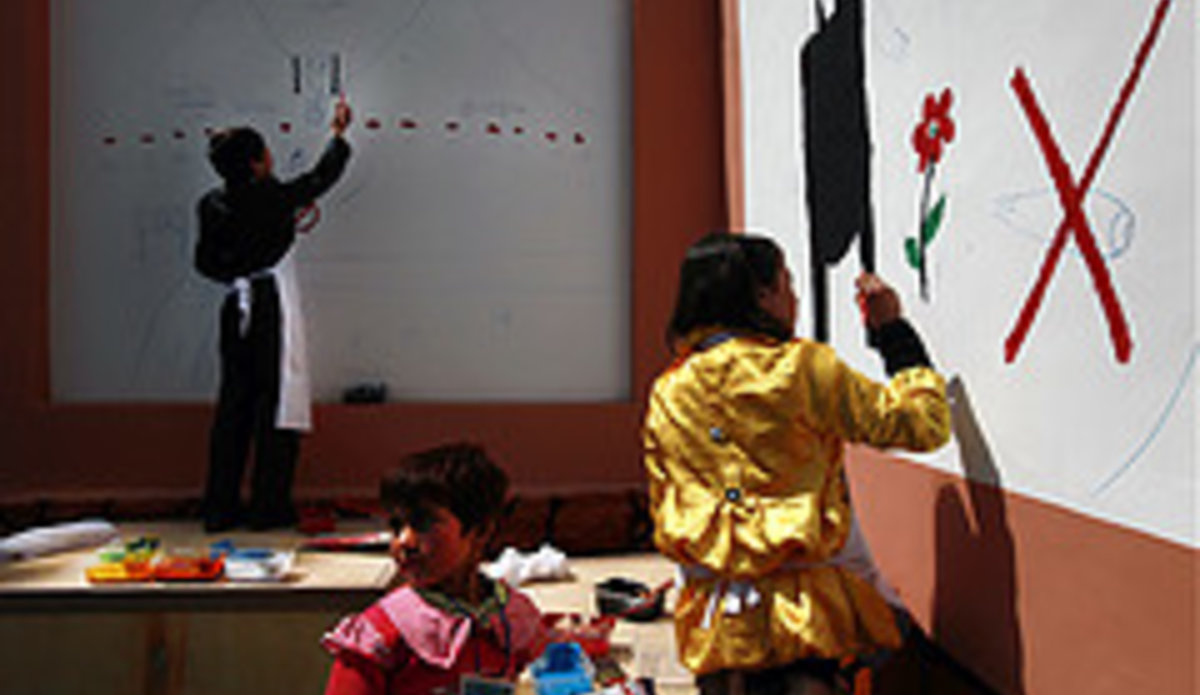Mine Action Day in Afghanistan
KABUL - Across Afghanistan the International Day for Mine Awareness and Assistance in Mine Action has been marked today with a number of events and activities.
In Kabul five young artists painted their vision of the dangers posed by landmines and other Explosive Remnants of War on the walls of the Mine Action Coordination Centre of Afghanistan (MACCA).
Further west near Herat, to mark the clearance of 4.8 square kilometres of mine fields and 5.3 square kilometres of battle areas in 2009, one of the major mine clearance organizations in the world, the Halo Trust, briefed guests in the Alaqe Qazi area of the Khosan district on the border with Iran.
The Halo Trust started working in Afghanistan 1988 and has been in Herat since 2007; the Trust currently employs a task force of around 500 staff in Herat province.
According to MACCA a total of 51,743 anti-personnel mines, 1,152,738 Explosive Remnants of War and 746 anti-tank mines were destroyed in 2009 in Afghanistan.
Last week MACCA reported that in January and February this year, the Mine Action Programme of Afghanistan, which comprises a number of implementing partners coordinated by MACCA, cleared 1,727 anti-personnel mines, 135 anti-tank mines and more than 110,000 different types of Explosive Remnants of War in 19 communities.
Yesterday in Kabul at Afghanistan’s main event to mark Mine Action Day, the recently arrived Special Representative of the UN Secretary-General for Afghanistan Staffan de Mistura, recalled his time in the country in the late 1980s when he was given an emergency whistle as present by a deminer.
“This whistle used to belong to an Afghan deminer. When we were moving…we entered into a mined area. And this Afghan deminer used this whistle to stop the team to going any further. Later he gave this to me and I have carried it ever since. I am very glad to bring it back to Afghanistan,” said Mr de Mistura.
MACCA estimates an area of around 600 square kilometres still needs to be cleared of mines and Explosive Remnants of War (ERW).
At a rate of 120 kilometres annually, that would take up to six years at a cost of US$ 500 million.
MACCA says for 2010-11 US$ 242 million in funding is needed of which about US$ 100 million is confirmed.
By Kangying Guo, Fraidoon Poya and Henri Burgard, UNAMA
 UN
UN







